Albatross
With over 22 different species worldwide, and considered one of the largest living flying seabirds by its wingspan (which can be larger the size of a human!), albatrosses spend most of their time above the oceans due to their exceptional gliding flight ability and capacity to sleep while flying. Want to know more facts about these birds? Keep reading the article, and we will answer the most frequently asked questions by our guests!
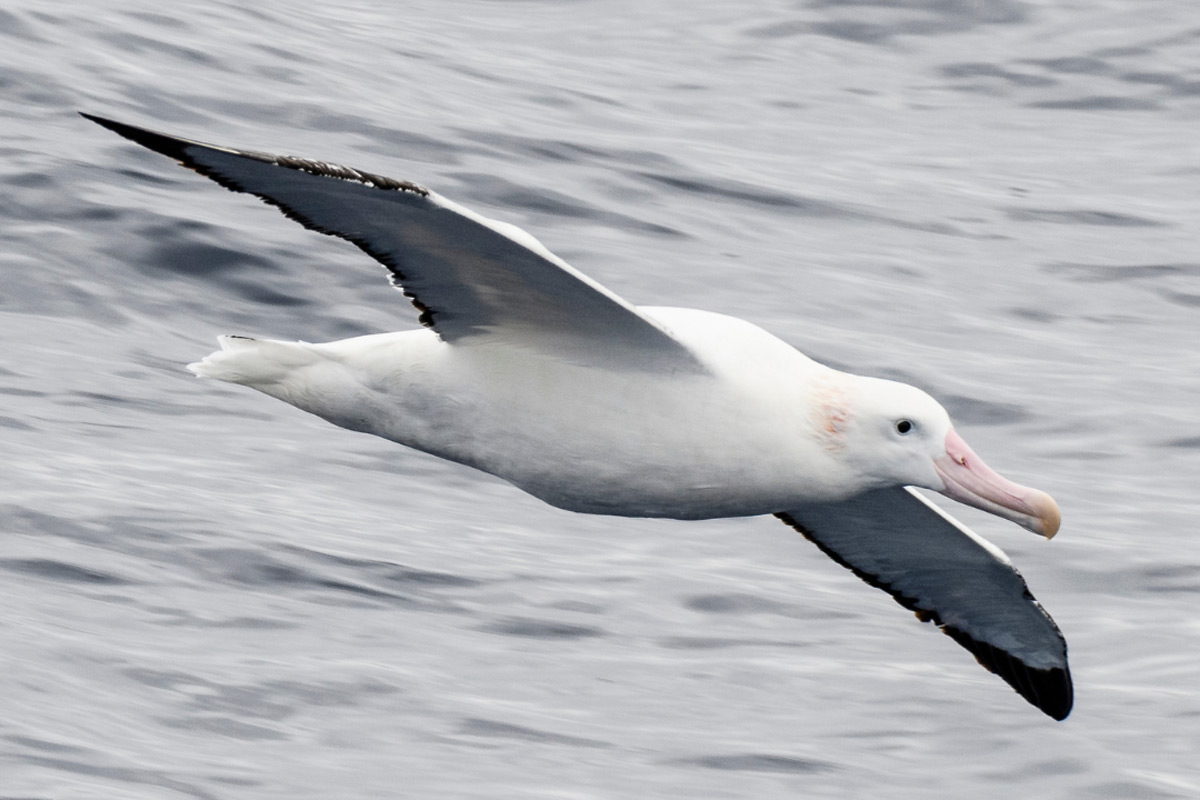
Did you know that the wandering albatross has the largest wingspan of all the 22 different species?
Albatross Quick Overview
| Scientific Name | Diomedeidae |
| Population | Estimated at 1.5-2 million globally, varying by species |
| Regions | Southern Ocean, North Pacific (some species), Antarctic Sea, sub-Antarctic islands, coastal waters of South America, Africa, Australia, New Zealand |
| Destinations | Falkland Islands, South Shetland Islands, Antarctic Peninsula, South Georgia, Argentina |
| Average Length | 70–135 cm (28–53 inches), varying by species. |
| Average Weight | 5–12 kg (11–26 lbs), varying by species |
| Diet Habits | Primarily surface-feeding on fish, squid, crustaceans, and carrion |
Questions Guests Ask About Albatross
How Big Are They?
This species is one of the largest among other flying birds, with an average weight of 5–12 kg (11–26 lbs) and a length of 70–135 cm (28–53 inches). The wandering albatross (also called the snowy albatross) and the southern royal albatross are the two largest species. One of the reasons for this size is their massive wingspans.
How Long Are Their Wings?
This bird has extremely long and narrow wings. More precisely, it is regarded as the species with the largest wingspan, with measurements ranging from 2.1 to 3.5 metres, with the ‘black-footed’ having the smallest and the ‘wandering’ the largest. This large wing makes this bird species masters of gliding, allowing them to spend hours in the sky without resting and flying at an impressive speed of up to 110 km/h in strong winds.
What Species Might Our Guests Encounter On a Trip to Antarctica?
There are up to 22 recognized albatross species, categorized into four genera: Diomedea, Thalassarche, Phoebastria, and Phoebetria. However, this exact number remains debated amond scientists. Among all the species, there are different suggestions among the experts about whether some of them are local subspecies or independent species based on genetic, behavorial and morphological differences. With the majority spending of their lives in the southern oceans of the Antarctic Sea, aboard Polar Latitudes Expeditions ships, you might be lucky enough to spot one of these birds! Would you like to know which of these different species you could see on our Antarctica voyages?
Wandering Albatross & Northern Royal Albatross
The great albatrosses, of the genera Diomeda, are the largest albatrosses and are actually among the largest living birds in the world! They are known for their expansive wingspans and are primarily found in the Southern Ocean, including the Antarctic, sub-Antarctic, and subtropical waters. They spend most of their lives above the ocean, flying many miles each day using a flight technique called ‘dynamic soaring’.
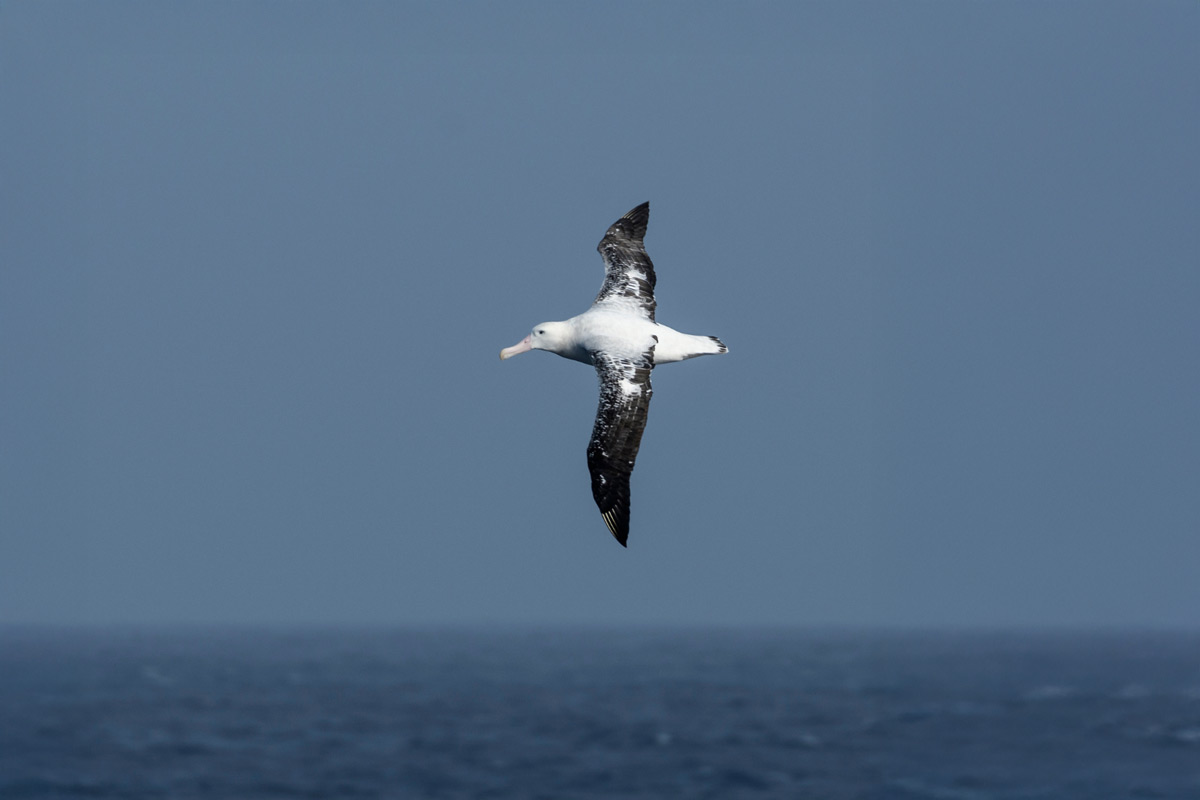
A wandering albatross flying over the sea
Black-browed Albatross & Grey-headed Albatross
Medium-sized albatrosses primarily found in the Southern Hemisphere, and among all their species, only two do not breed in New Zealand. Their appearance is akin to gulls, with dark upperparts and lighter underparts. They have a pinkish flesh stripe from their gape to their ear, which helps explorers and Polar Latitudes Expeditions guests easily recognise this wildlife in their natural habitat.
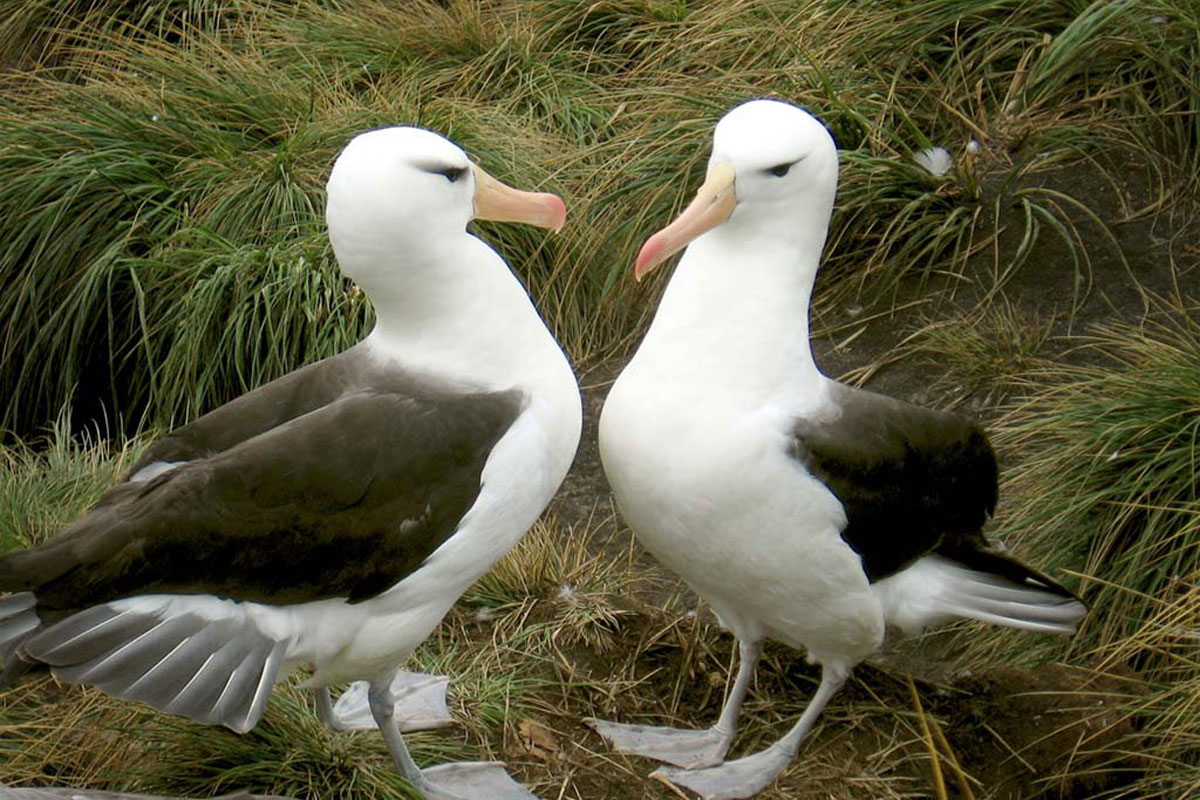
Two Black-browed birds perched together
Sooty Albatross & Light-mantled Albatross
These birds look quite different from other species, characterised by their darker plumage with brownish and blackish colours. With their slender bodies and distinctive eyes, they are usually found in the sub-Antarctic and subtropical waters of the Southern Atlantic and Indian Oceans.
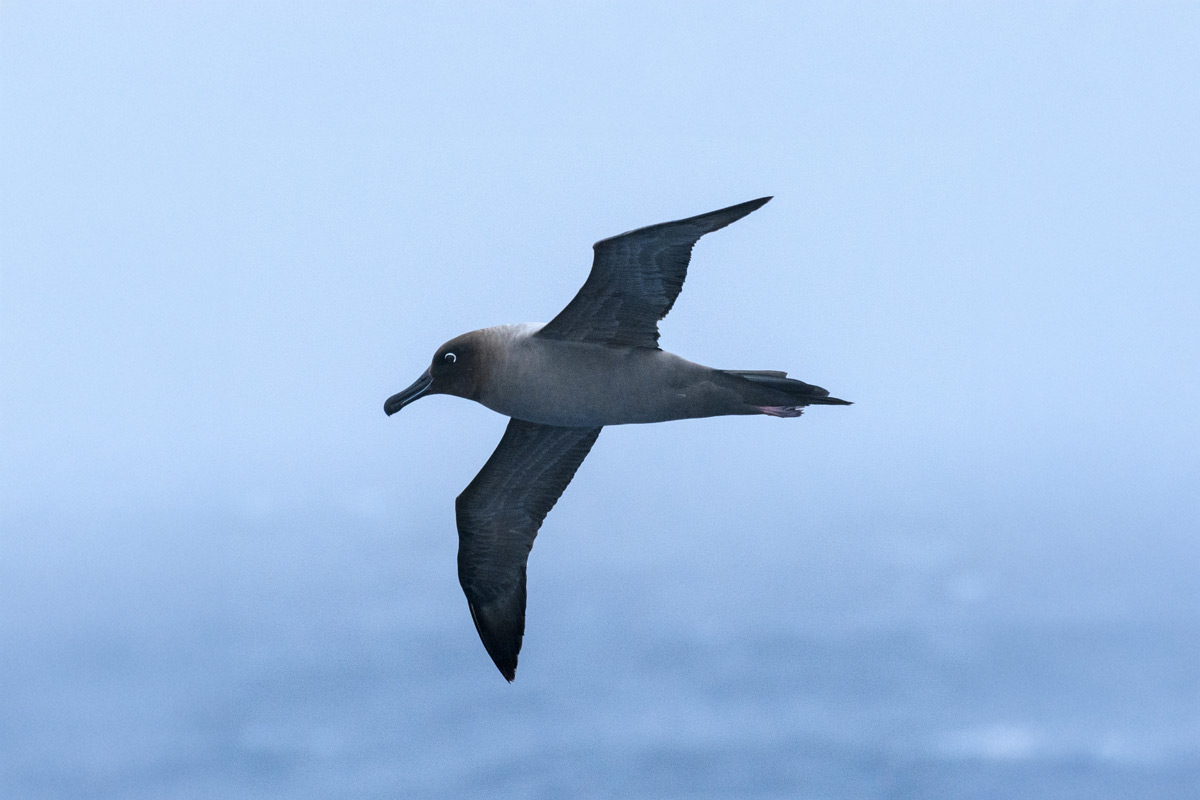
A light-mantled albatross flying over the deep oceans with its unique darkish plumage
Where Do They Live?
Their habitat is primarily in the Southern Hemisphere, in regions such as South Georgia and the Falkland Islands. Some species, like the Laysan albatross, live in the North Pacific.
How Long Can They Fly?
One of their most amazing characteristics is that they can spend months flying without touching land, and as a result, spend 85% of their lives at sea. Additionally, they can fly thousands of kilometres without flapping their wings by using wind currents and dynamic soaring, and for that, they can even sleep while flying!
What Do They Eat?
Their diet consists primarily of fish, squid and crustaceans that they primarily take from the water’s surface, although they can also dive to about 10 meters for prey.
How Long Do They Live?
They have one of the longest lifespans compared to other birds, usually living more than 50 years, with some of the largest species reaching 70-80 years.
How Many of These 10 Albatross Facts Did You Already Know?
- They are monogamous birds.
- They breed in colonies.
- The wandering albatross’s wingspan can be as large as 3.5 meters.
- This seabird can sleep while flying.
- They have the longest incubation period among all bird species.
- They lay just one egg, and the chick becomes capable of flying and living independently only after it is over a year old.
- These birds possess a highly developed sense of smell, which helps them find food and locate their colonies.
- Some of the species resemble giant gulls, but they are larger, with bigger bills and longer wings that glide slowly.
- One of their biggest threats is longline fishing, where these birds bite the bait and drown.
- World Albatross Day is June 19th, and it is celebrated to raise awareness for the conservation of this incredible bird.
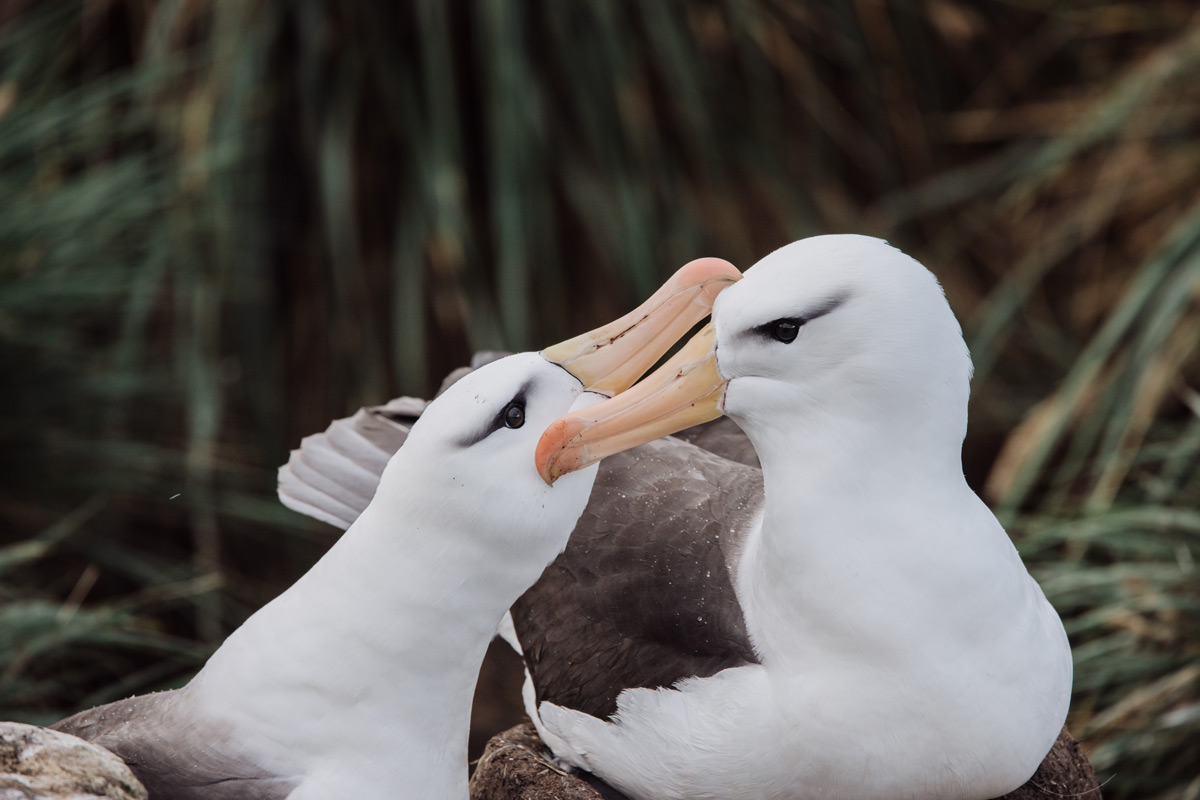
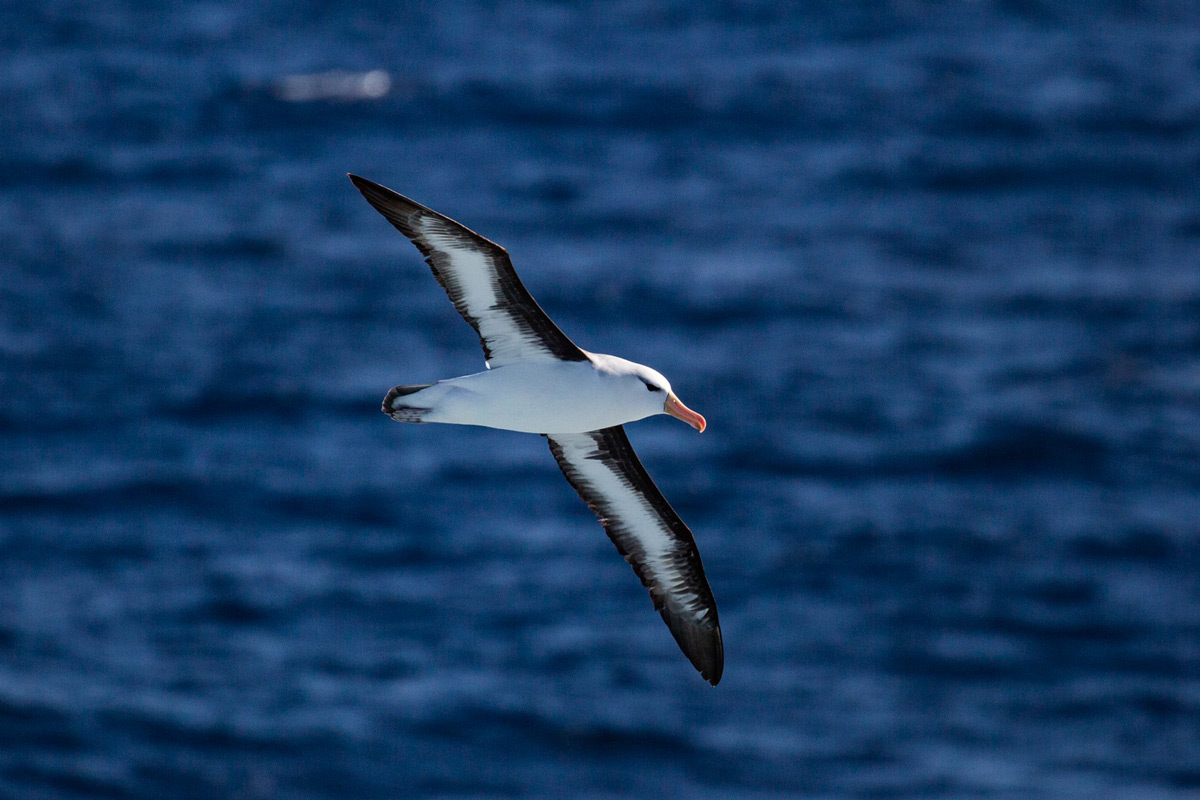

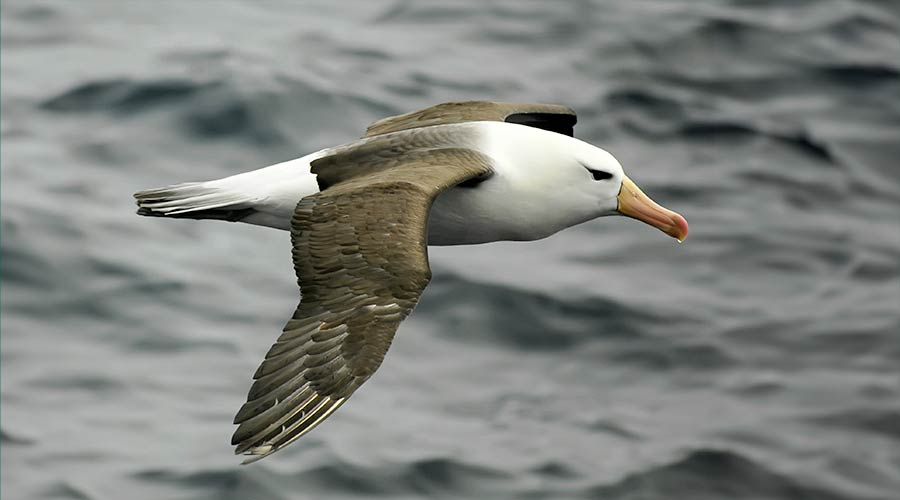
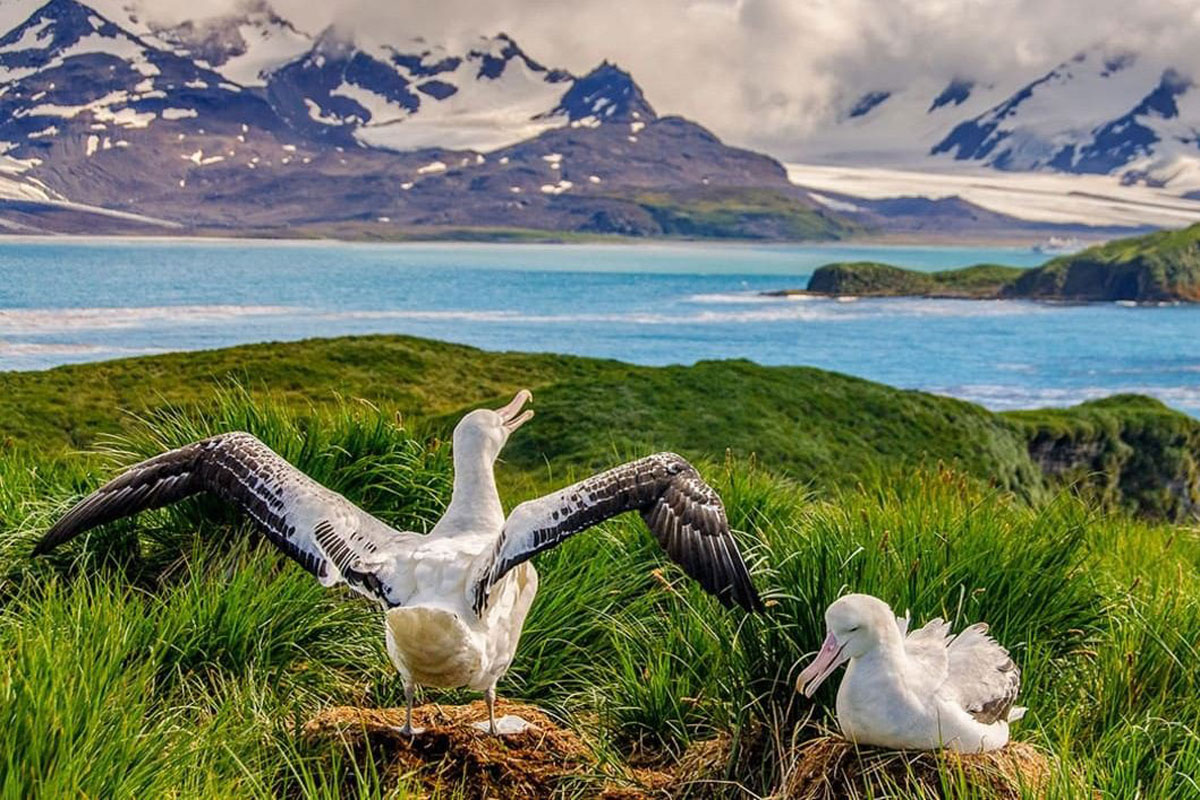
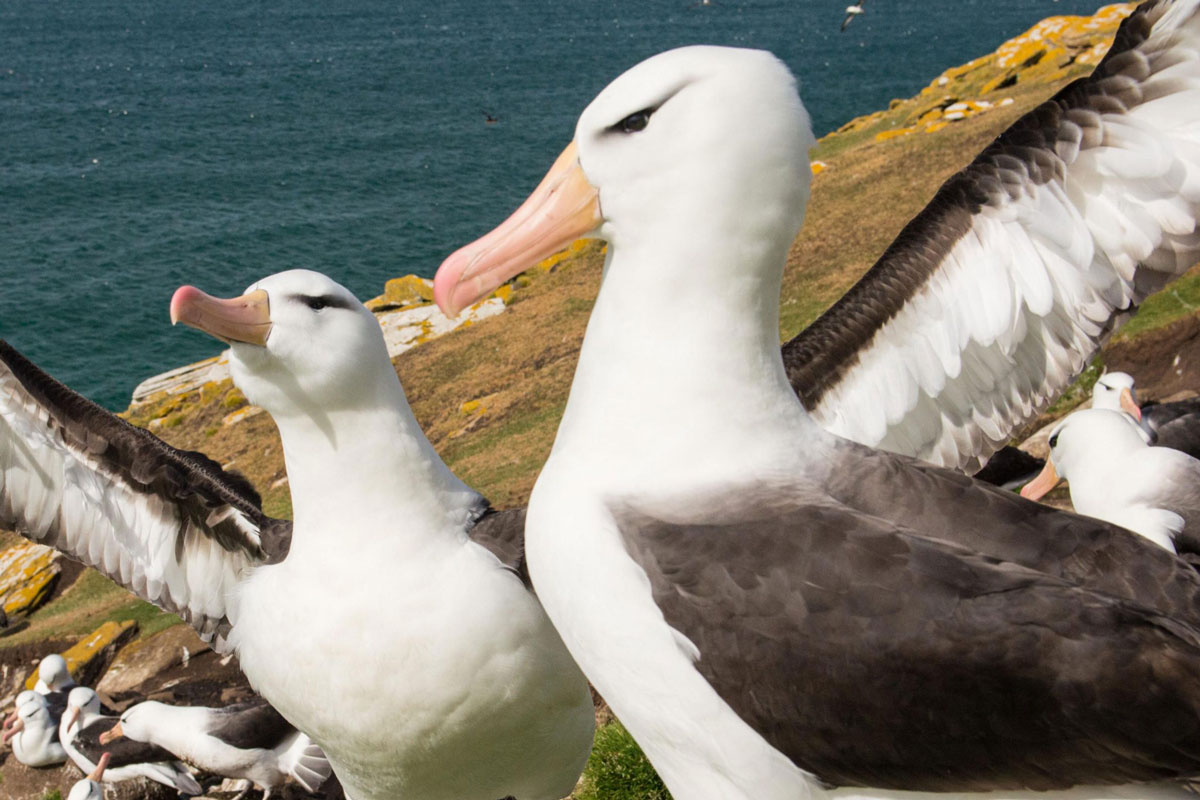
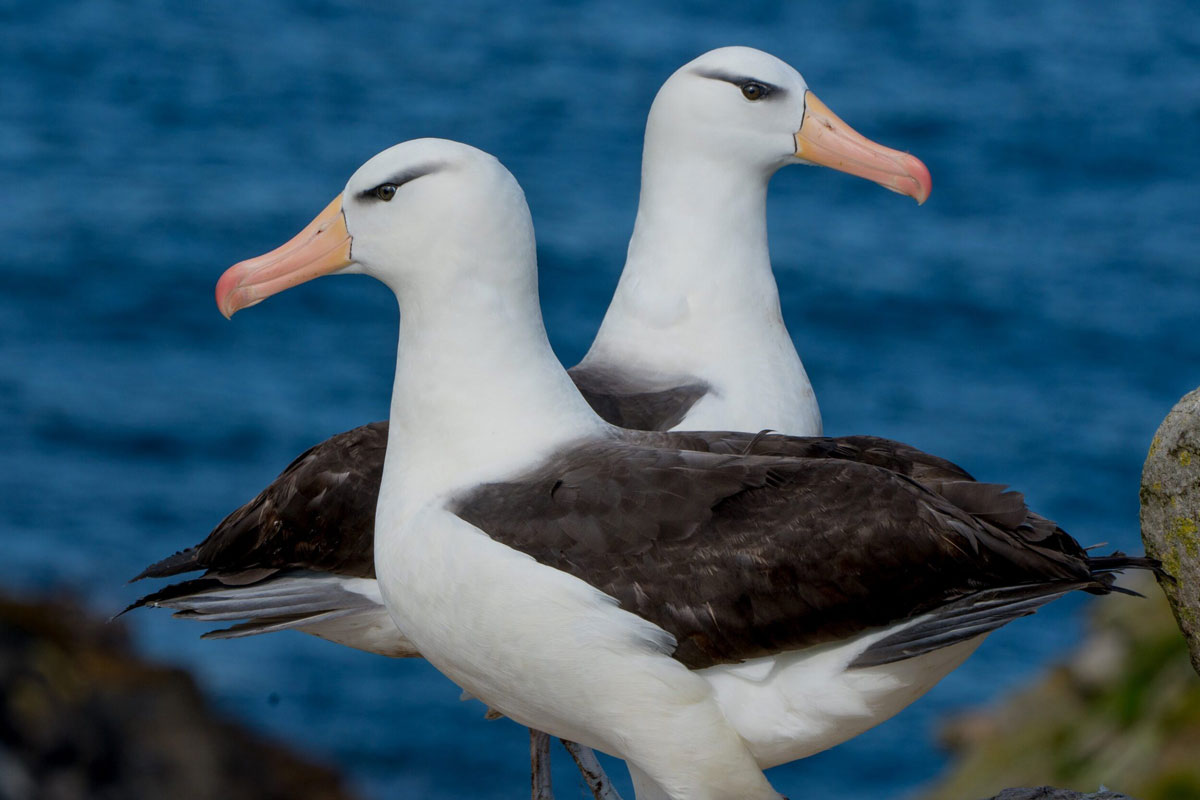
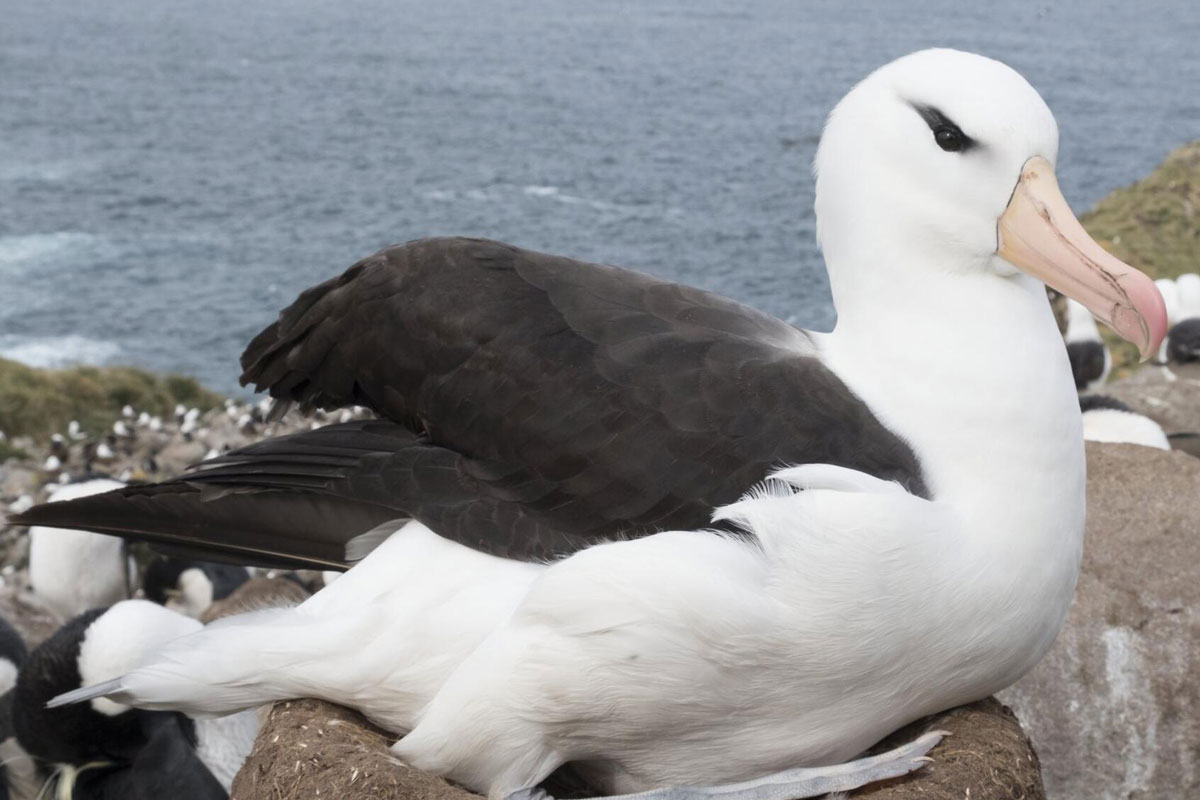
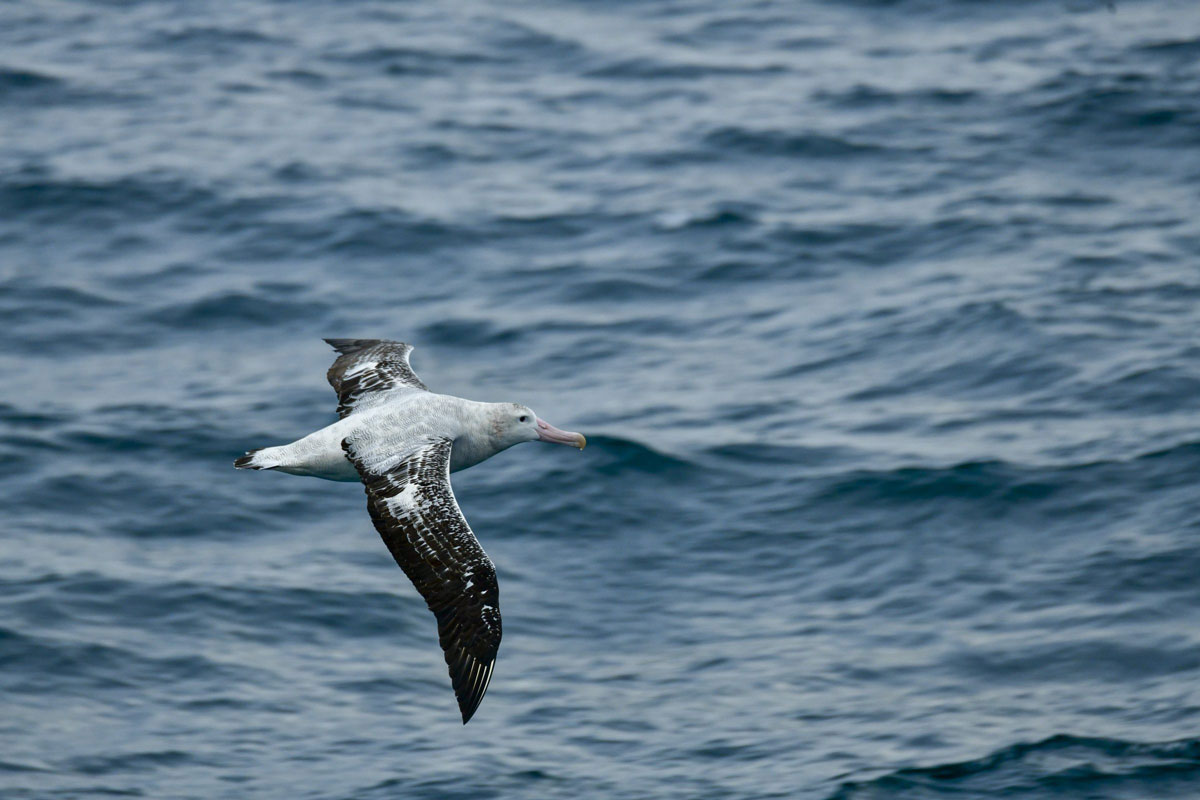
Want to see Albatrosses for yourself?
Reach out to our team to learn more about our voyages any time!
